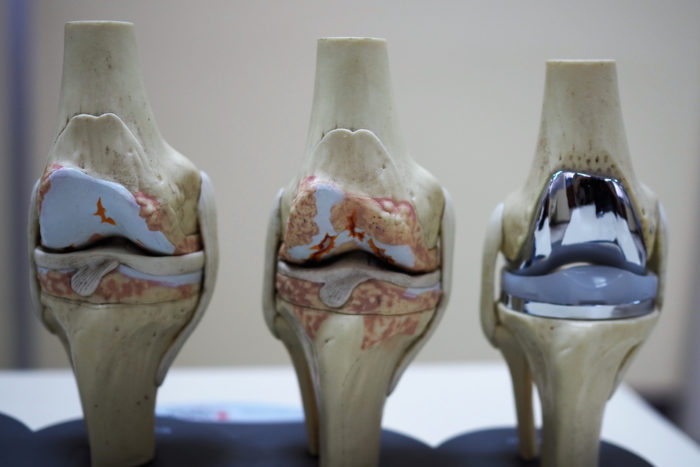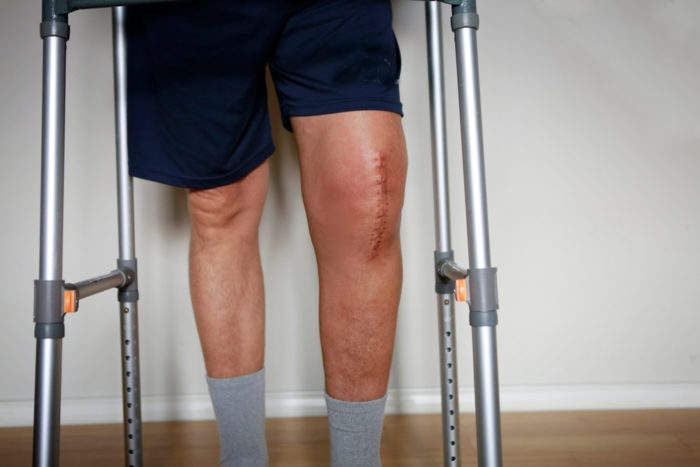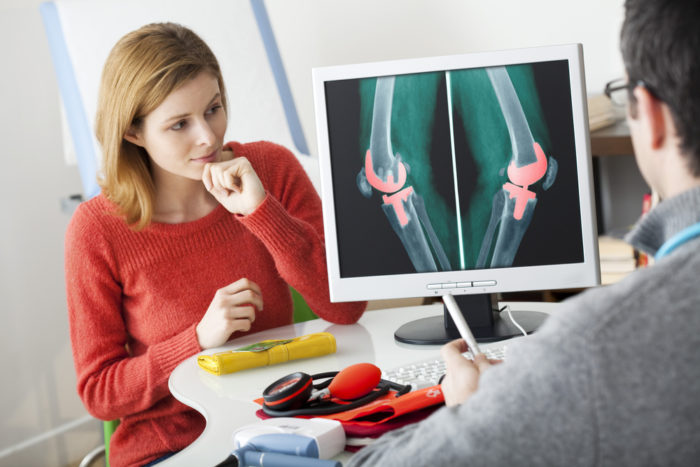What Is The Most Common Complication After Hip Surgery?

The most frequent complication during the post-operative rehabilitation process is:
- Muscle Weakness and Imbalance: Patients often experience muscle weakness and imbalance around the hip joint following hip surgery. Surgery and the subsequent period of reduced activity can lead to muscle atrophy (muscle wasting), particularly in the muscles that support the hip, such as the gluteal muscles and the hip abductors. This weakness and imbalance can affect gait (walking pattern) and overall functional mobility.
Addressing these issues early in the rehabilitation process is needed to improve strength, stability, and functional abilities. Physical therapy is vital in guiding patients through exercises and activities to target these muscle imbalances and regain power in the hip and surrounding muscles.
Aside from muscle weakness and imbalance, other complications that physical therapists may encounter during the rehabilitation process after hip surgery include:
- Range of Motion Limitations: Stiffness and limited range of motion in the hip joint can occur after surgery due to post-operative inflammation and tissue healing. Physical therapy interventions aim to improve hip joint mobility through gentle stretching and range of motion exercises.
- Pain Management: While some discomfort is expected after hip surgery, effective pain management is essential to facilitate rehabilitation and help patients participate in therapy. Physical therapists work closely with the healthcare team to monitor pain levels and adjust the therapy program accordingly.
- Gait Abnormalities: Altered gait patterns may develop after hip surgery, leading to difficulties with walking and potentially contributing to imbalances or discomfort in other areas of the body. Physical therapists focus on gait training to help patients achieve a more natural and efficient walking pattern.
- Scar Tissue Formation: Surgical incisions can form scar tissue around the hip joint, potentially affecting joint mobility and flexibility. Physical therapists employ scar tissue management techniques to minimize its impact on functional outcomes.
- Fear of Movement: Some patients may experience fear or hesitation when performing specific movements after hip surgery, which can impede progress in rehabilitation. Physical therapists use gradual exposure and education to address these concerns and increase patient confidence in their abilities.
- Balance Issues: Reduced strength and proprioception (awareness of body position) around the hip joint may lead to balance problems in the early stages of recovery. Balance training is essential to physical therapy to prevent falls and improve overall stability.
Overall, the role of a physical therapist after hip surgery is to assess individual impairments and functional limitations, tailor a personalized rehabilitation plan, and guide patients through exercises and activities that promote recovery and a return to daily activities with improved mobility and function.



